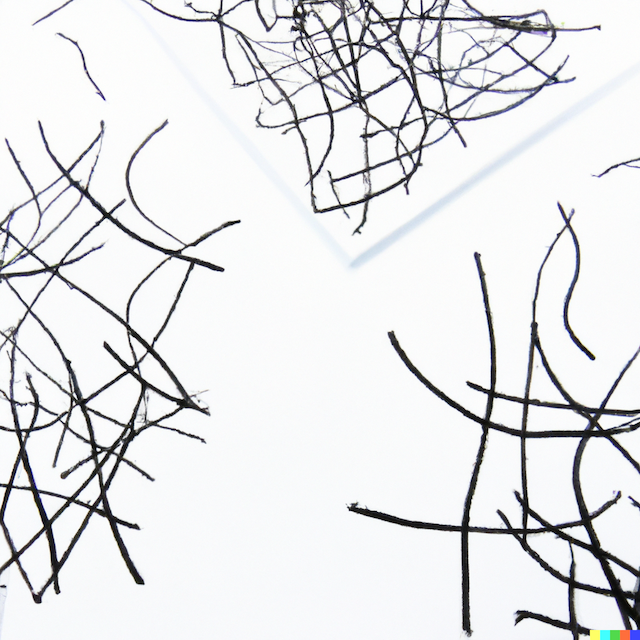Use Case
DeCartography can be used as an oracle to generate data as a social graph. This includes quantified coordination and social distance.
In the future, we aim to analyze and generate a wide range of data as a “slow” computation oracle using Web3 crowdsourcing. However, here we will introduce an example of a social graph as infrastructure for Plural QF, referring to the Gitcoin Citizens Round #1 data experimented in Round1.
Gitcoin is a project that has distributed and granted +70M$ to public goods in the Ethereum ecosystem through the Quadratic Funding mechanism.
Quadratic Funding is a mathematically optimized mechanism to democratically distribute funds to public goods. For more details, please refer to WTF IS Quadratic Funding.
As a premise, when a certain source of funds exists, the decision of “which project to allocate to” is one of the issues that the country, region, or “all members of the ecosystem” should be involved in. Until now, the method of fund distribution has mostly been decided by a single central organization, both in terms of the target and the amount.
In Quadratic Funding, the following concepts exist:
- Projects to be the target of grant distribution
- The Matching Pool which is the distribution budget
- Citizens / Contributer who enjoy benefits from the ecosystem and decide “which project to allocate funds from the common source to”.
- Through the Quadratic Funding mechanism, the “number of donors supporting a project” is prioritized over the “individual donation amount”.
- It weakens the power of a small group with financial power and creates democracy in the decision to distribute funds to public goods.
Plural QF stands for Plural Quadratic Funding, an application version of Quadratic Funding, which adjusts the voting power of each donor based on social distance and enhances the multidimensionality of contributors in the Quadratic Funding mechanism. For more detailed resources on Plural QF, please refer to WTF IS Plural QF.
In this demonstration experiment, by making contributors subject to analysis from the identity layer, we were able to have strong resistance to “collusion”, which was a traditional Quadratic Funding attack vector, and enable cooperation “beyond differences”.


